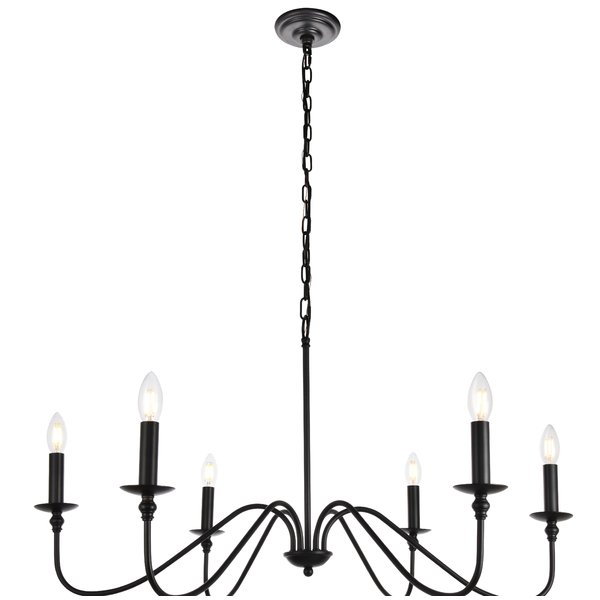LED technology has been around for quite some time now but is just coming of age as it  makes its presence more known in business and residential applications. This is a rapidly moving technology that’s developing at lightning speed.
makes its presence more known in business and residential applications. This is a rapidly moving technology that’s developing at lightning speed.
As an example, just a few short years ago it was difficult to find a flashlight that featured LED bulbs. Today, it’s nearly impossible to find one that doesn’t. The many advantages LEDs have over other types of light sources currently in use are remarkable.
LEDs, or light-emitting diodes, are based on semiconductor technology and were initially used as red-colored, low-intensity indicator lamps on electronic equipment and appliances starting back in the early 1960s.
Modern LEDs are still used as indicators, but many more applications now exist for their use as high-intensity, bright lighting available across the entire color spectrum, as well as on infrared and ultraviolet wavelengths.
Unlike incandescent lighting, which produces its light in a vacuum or fluorescent lighting that emits its light energy in a gas, an LED produces its light from a solid piece of material called a semiconductor.
Because of this, it’s known as solid-state lighting. This solid-state configuration is also what allows LED bulbs to be more robust (less delicate) and more durable than incandescent/fluorescent bulbs.
LEDs produce light when excited electrons careen around within the solid structure of a semiconductor. That semiconductor is made of two components – one positive part and one negative part.
The positive layer contains openings through which electrons are able to travel. The negative portion contains innumerable free electrons that, when acted on by introduction of an electrical charge, find themselves traveling from the negative layer to the positive layer of the semiconductor through the holes, causing these electrons to emit light.
They contain no filament to burn out and they don’t get particularly hot, making them much more efficient and durable than other types of lighting.
LEDs are basically tiny light bulbs that can easily be connected to an electrical circuit. For decades they have been used for numerous tasks, including
LED technology has been called “almost perfect” because of the so many advantages LEDs have over previously-used, conventional lighting. Until recently, the only two downsides of LEDs preventing total dominance in the marketplace has been its inability to provide pure white light for use in home lighting, task lighting, etc., and the much higher cost of producing LEDs compared to traditional types of light bulbs.
These two disadvantages, color and cost, have since been overcome and LED bulbs can now be produced much less expensively than ever before and with a capability to provide clear, pure white light.
Advantages to LED lighting compared to incandescent or fluorescent lighting are numerous.
Arrays of many LEDs together are now being used for high-powered, intensive lighting applications everywhere from traffic and street lights to car headlights and taillights and even in medical and hospital environments for facility lighting as well as lights used in examination rooms and surgeries.
LEDs burn cool, use as much as 80% or less electricity than their incandescent counterparts and can last for as long as 50,000 hours or more before replacement is required. They also work better in places where vibration, temperature or accessibility are concerns.
Topics: led lighting michigan, led lighting fixtures, led light, led lights, led lighting articles